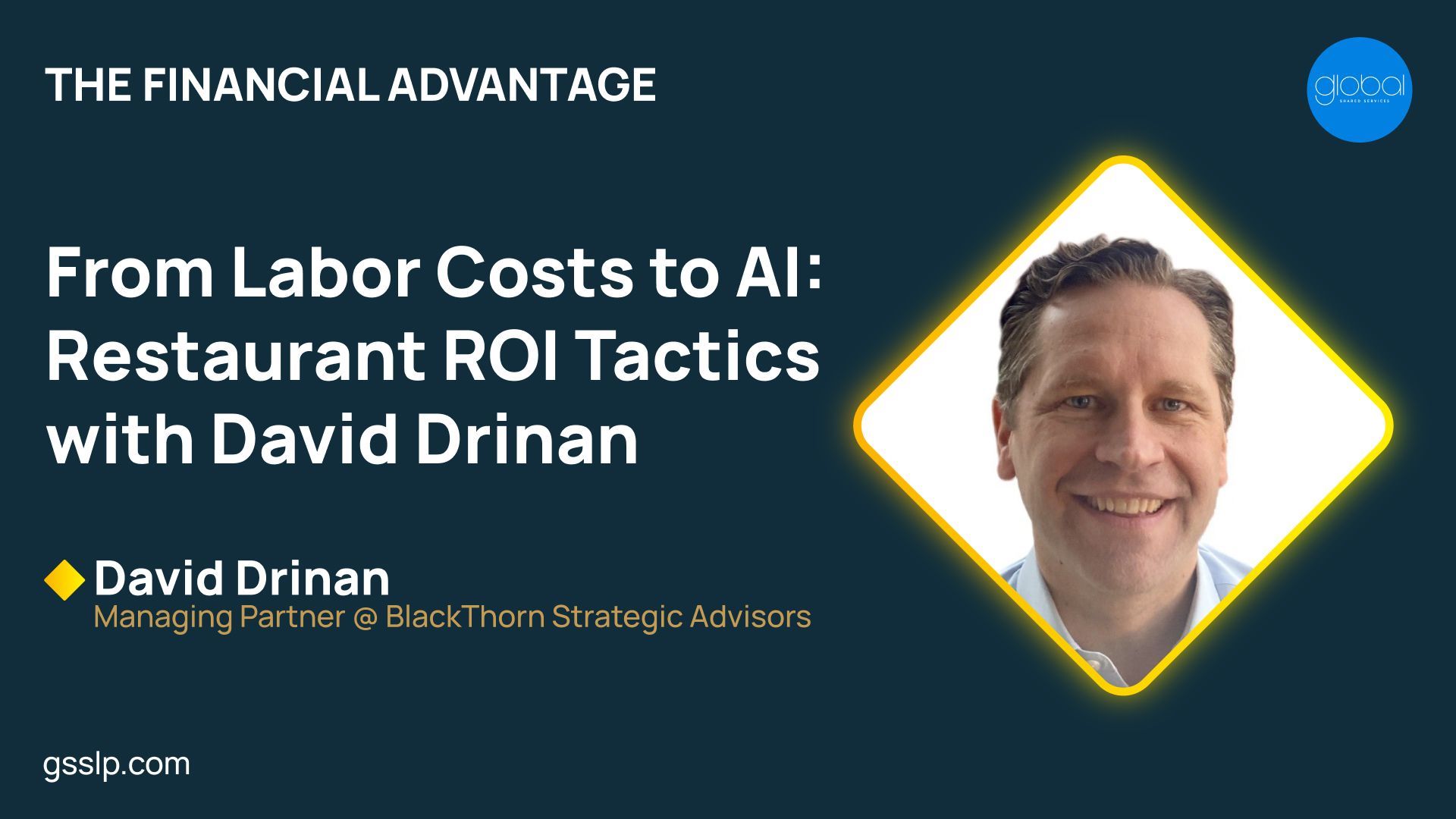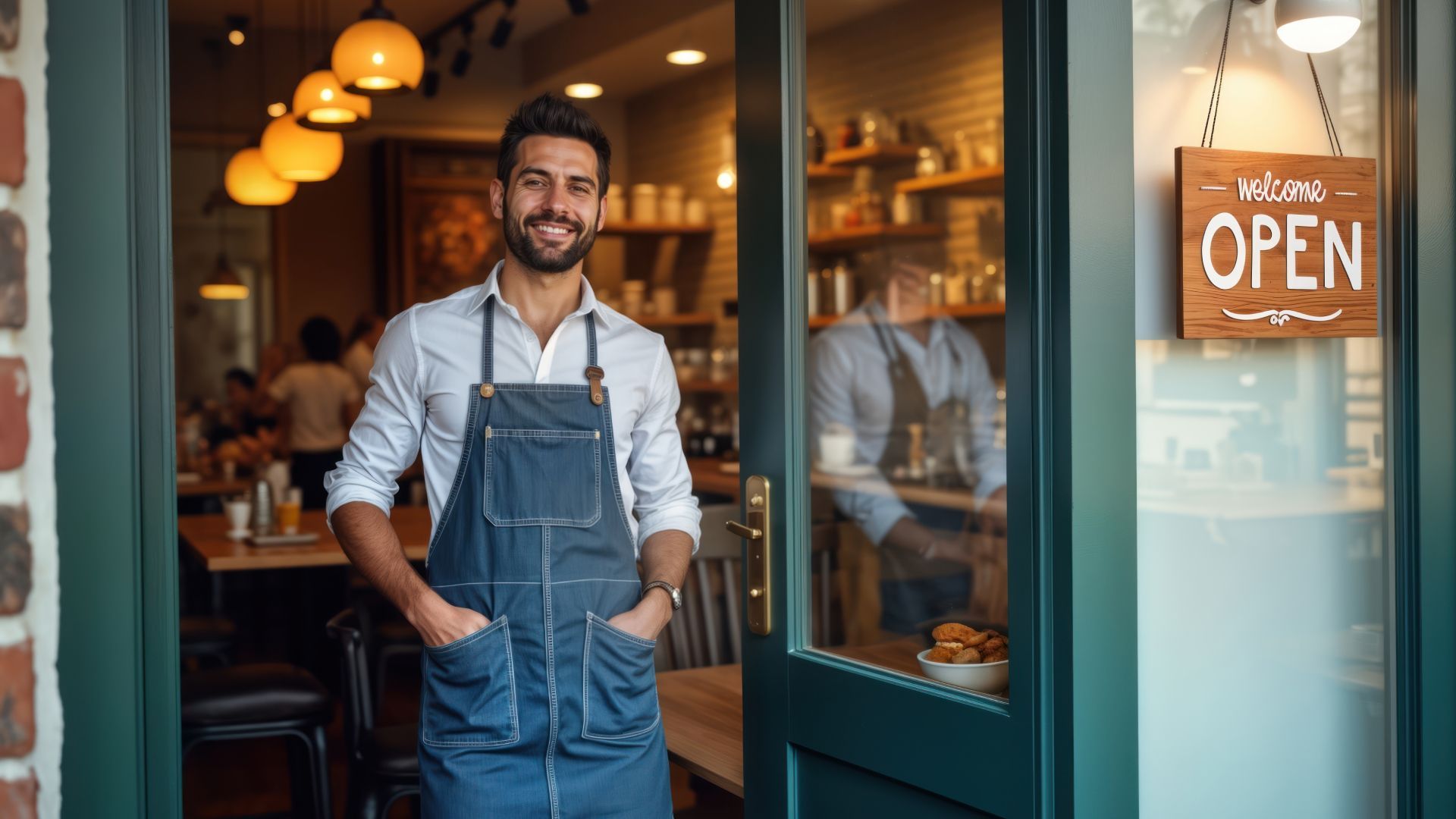From Labor Costs to AI: Restaurant ROI Tactics
Nick Stauff • August 14, 2025

Share this post
Insights
Related Posts

Most restaurant owners know what it’s like to manage every detail. You built your team, learned each regulation the hard way, and protected the culture you built. The thought of letting someone else handle your HR, payroll, or accounting sparks real anxiety. What if you lose sight of the details that set your restaurant apart? What if the personal touch gets overlooked? These worries can stall growth early. If you’ve wondered whether outsourcing means losing touch with your operation, you’re not alone. That fear comes up often in conversations with operators. In a recent discussion with Melissa Duque , Associate General Counsel and HR Manager at Accurate Employer Solutions (AES), the struggle became clear. Melissa’s candid perspective argues that trying to keep every task in-house can be the bigger risk. The Outsourcing Control Myth Restaurant operators often feel that keeping payroll, HR, and finance in-house means keeping control. You know your people, your brand, and your standards. Letting outsiders in can cause worry about culture, compliance, and potential mistakes. Many owners think they’re the only ones who can protect quality and keep their business safe. This belief lingers because the restaurant industry depends on slim margins and close relationships. Owners worry about losing touch or missing details. Still, doing everything yourself can lead to burnout, slower performance, and missed opportunities. This belief keeps many in routines that sap time and block growth. What Really Happens When You Outsource HR and Finance Restaurant owners face tough choices about where to spend their time. Outsourcing HR and finance brings in specialized experts who understand compliance, payroll, and benefits in detail. You spend less time on paperwork and more time leading your team. Operators see fewer errors, more reliable payroll, and current compliance, even across multiple locations. As Melissa puts it, “We have specialized folks in different areas of HR, whether that be payroll, benefits, administration, compliance.” The change provides clear reporting and data you can act on. Outsourcing gives you tools and freedom to focus on operations, growth, and the culture that makes your restaurant distinct.

Running a restaurant is tough. Rising labor costs, unpredictable sales, and slim margins make financial discipline essential. Yet many operators fall into a common trap: setting ambitious stretch goals instead of building realistic budgets their teams can actually follow. Restaurant budget accountability addresses this problem directly. The goal isn’t simply to slash costs. It’s about giving every manager and team member clear targets, ownership of results, and tools to make better financial decisions every day. Why Stretch Targets Fail Restaurants Stretch targets may sound inspiring, but realistic budgets are what keep operations on track. When restaurant leaders confuse the two, accountability breaks down. Imagine telling managers to hit a 25% labor cost in a market where wages push the realistic number closer to 30%. Everyone knows the goal is impossible. Morale sinks, bonuses go unpaid, and managers stop paying close attention to schedules and waste. Unrealistic goals create disengagement, while realistic, data-backed budgets give teams confidence. When incentives align with achievable targets, such as reducing prime cost by one point compared to last quarter, managers are motivated to act. To avoid this disconnect, operators can use tools like restaurant forecasting , which applies real sales data to set benchmarks that teams can actually reach. What Restaurant Budget Accountability Really Means Restaurant budget accountability means: Every budget target has a clear owner. Performance is tracked regularly against actual results. Variances are addressed right away, not weeks later. A kitchen manager might own food costs, while the GM owns labor scheduling. When each leader knows what they control, accountability becomes a shared effort instead of a directive from above. Building accountability also depends on accurate restaurant accounting practices . With clear reporting, managers can see where labor cost percentage or food cost percentage drifts from the plan and take corrective action quickly. Why Budgets Break Down Even well-meaning plans fall apart without accountability. The most common pitfalls usually fall into three areas. Unrealistic forecasting. Building in stretch assumptions like 20% sales growth or sudden cost cuts makes buy-in impossible. Misaligned incentives. When bonus plans are tied to unattainable labor or food cost percentages, trust erodes quickly. High turnover and inconsistent processes. Without standard training and review cycles, costs swing and accountability disappears. Many of these issues mirror the top restaurant accounting mistakes , like relying on poor data or failing to update budgets when conditions change. When accountability fades, goals are missed, resources are wasted, and cash flow problems pile up.




